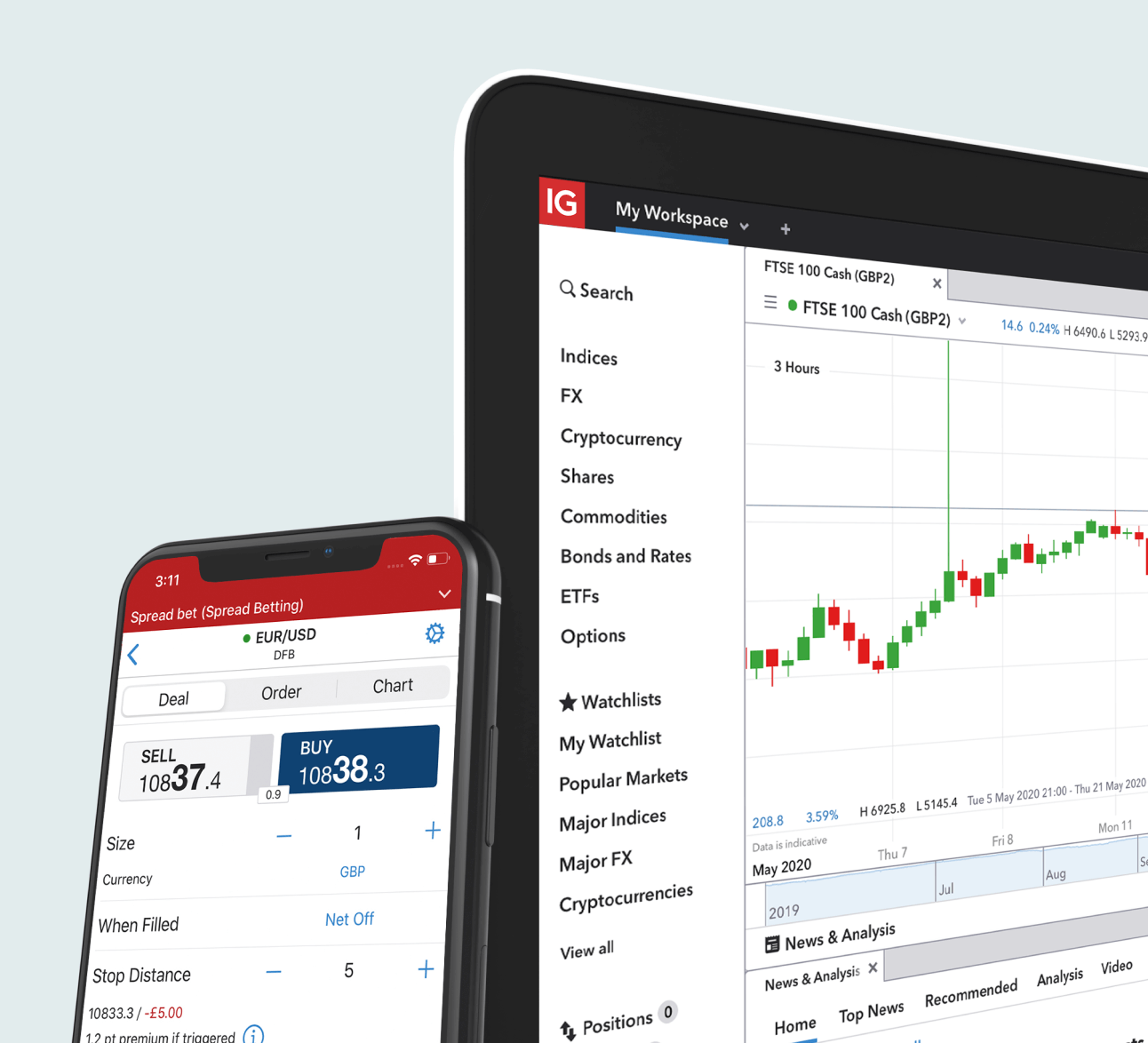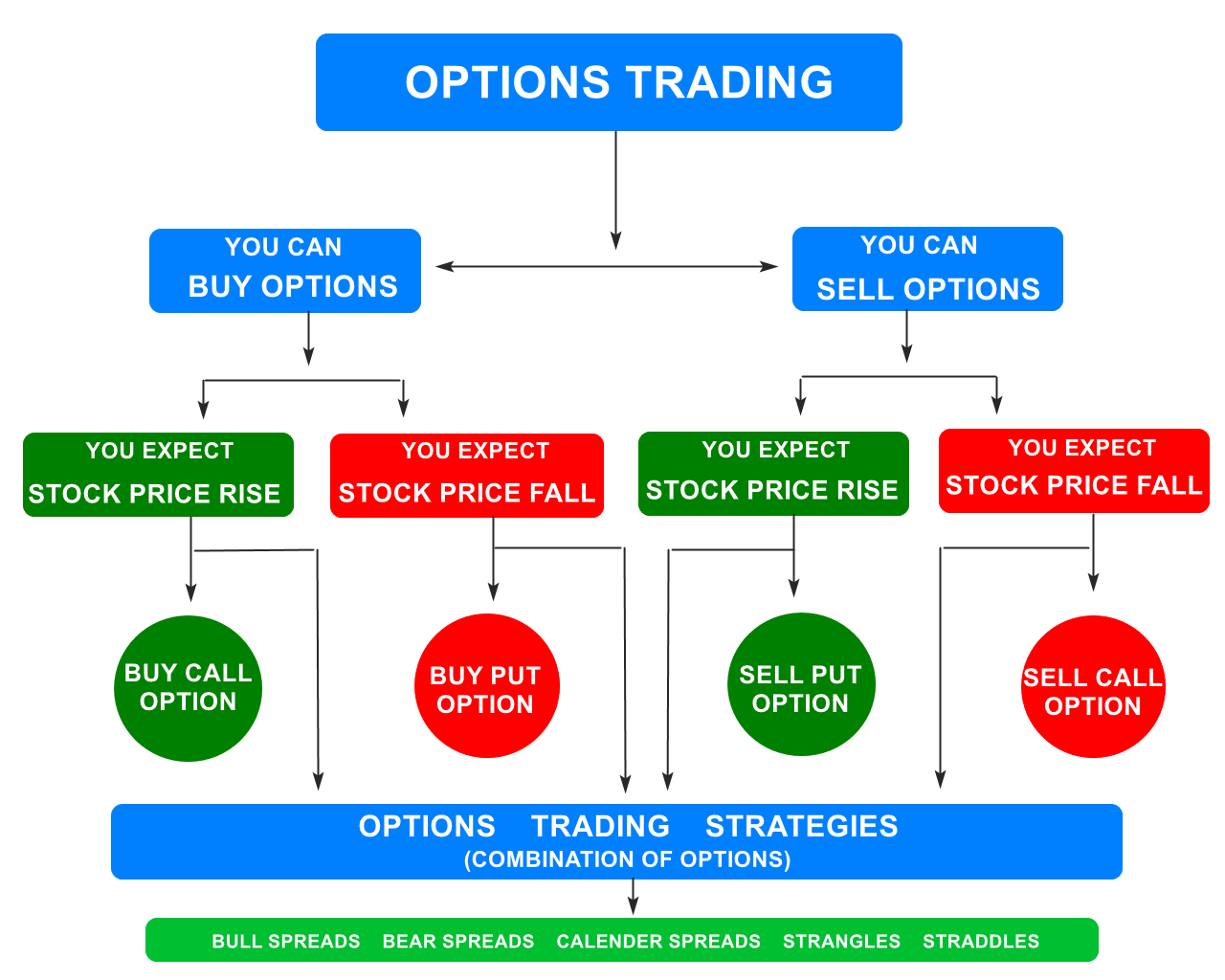
Long-term investment means investing in long-term cash flows, not on short-term fluctuations. Short-term investors, on the other hand, focus on short-term fluctuations. They act as traders. Long-term investors focus on long-term cash flows and value drivers. These approaches may differ slightly from one another in some ways, but both emphasize the importance of diversification. We will be discussing long-term investment in the context stock selection.
Changes in investment horizon from price drivers to long-term value drivers
Long-term investors' focus shifts away from price drivers and towards value-based factors. These include cash flows, reinvestment, and cash flow. While both types are interested in the current profit, the long-term outlook is marked by the importance these elements. Value investors look at the immediate operating income, while growth investors consider the possibility of creating unexpected value. GARP investors focus on the balance in price and cashflow.
A key characteristic for long-term investors are their ability to long-term invest. They have little or no emotional motivation to trade and are able to focus on long-term outcomes. They have a lot of control over when and how they sell. Long-term investors who use discretion in trading can focus their efforts on long-term investments with high potential for long-term returns. However, having discretion over trading does NOT guarantee that you will be successful in investing.

Portfolio design for long-term investors
Portfolios are the foundation of any financial plan. They can help you turn your hard-earned money into sufficient funds. It is important to determine the right mix, choose securities from each category, and monitor your investments when designing an investment portfolio. Asset diversification is a key component of successful investors. They focus on the fundamentals and not short-term market volatility. Here are some suggestions for creating an investment portfolio.
Portfolio design involves asset allocation. This refers to allocating your capital among various types of assets, based on their potential return and risks. An investor might decide to divide his or her equity investments between different industries, different companies and domestic and international stocks. The investor could choose to divide his or her bond portfolio between short term and long-term bonds as well as corporate debt.
Tracking dividends
Long-term investors should track dividends and capital gains. Dividend investing is a powerful strategy to accumulate wealth. It can also be used over a longer time period. Dividend aristocrats can be well-known companies that have seen their dividends increase over the past 25+ years. These stocks have well-respected brands and are likely produce steady cash flow.
It is important for dividends to have a lower volatility level than stock prices. This is because they reflect the true earning power of a company. You can track dividends whether you use them to fund your lifestyle, or to add cash to your portfolio. This is crucial for long term investing. You must log all of your investments into a software platform like Sharesight if you want to be a long-term investor. This software allows you monitor your monthly income, distributions, and filter by dividend payout amount.

For long-term success, teamwork is key to successful investing
You can grow and develop as a member of a team. Working together in a team allows you to share different skills and knowledge. This will allow you to benefit from each others' insights and make your team stronger. You will also be able to work with new people and be more efficient in a team setting. A team environment can be a benefit because you are open to new ideas. You also have the ability to listen well.
People who share the same goal are called teams. To accomplish a task, team members must work together and use the collective knowledge of the group to reach the desired results. It applies to big corporations and sports teams alike, as well as to personal relationships. As a team player, it is important to be open to constructive criticism and to offer suggestions. If you listen to and accept the suggestions of others, your investment strategies can be improved.
FAQ
Does it really make sense to invest in gold?
Since ancient times gold has been in existence. It has maintained its value throughout history.
Gold prices are subject to fluctuation, just like any other commodity. If the price increases, you will earn a profit. A loss will occur if the price goes down.
No matter whether you decide to buy gold or not, timing is everything.
What investments should a beginner invest in?
Investors new to investing should begin by investing in themselves. They need to learn how money can be managed. Learn how to save for retirement. Budgeting is easy. Learn how research stocks works. Learn how financial statements can be read. Learn how you can avoid being scammed. You will learn how to make smart decisions. Learn how diversifying is possible. How to protect yourself from inflation Learn how to live within their means. Learn how to invest wisely. You can have fun doing this. You will be amazed at what you can accomplish when you take control of your finances.
What if I lose my investment?
You can lose everything. There is no 100% guarantee of success. There are ways to lower the risk of losing.
Diversifying your portfolio can help you do that. Diversification can spread the risk among assets.
Stop losses is another option. Stop Losses are a way to get rid of shares before they fall. This will reduce your market exposure.
Margin trading is also available. Margin Trading allows you to borrow funds from a broker or bank to buy more stock than you actually have. This increases your odds of making a profit.
How can you manage your risk?
You must be aware of the possible losses that can result from investing.
One example is a company going bankrupt that could lead to a plunge in its stock price.
Or, a country may collapse and its currency could fall.
You run the risk of losing your entire portfolio if stocks are purchased.
Remember that stocks come with greater risk than bonds.
One way to reduce risk is to buy both stocks or bonds.
This will increase your chances of making money with both assets.
Spreading your investments across multiple asset classes can help reduce risk.
Each class has its own set of risks and rewards.
Bonds, on the other hand, are safer than stocks.
If you are looking for wealth building through stocks, it might be worth considering investing in growth companies.
Saving for retirement is possible if your primary goal is to invest in income-producing assets like bonds.
Statistics
- Some traders typically risk 2-5% of their capital based on any particular trade. (investopedia.com)
- Most banks offer CDs at a return of less than 2% per year, which is not even enough to keep up with inflation. (ruleoneinvesting.com)
- Over time, the index has returned about 10 percent annually. (bankrate.com)
- According to the Federal Reserve of St. Louis, only about half of millennials (those born from 1981-1996) are invested in the stock market. (schwab.com)
External Links
How To
How to Save Money Properly To Retire Early
Retirement planning involves planning your finances in order to be able to live comfortably after the end of your working life. It is the time you plan how much money to save up for retirement (usually 65). You also need to think about how much you'd like to spend when you retire. This covers things such as hobbies and healthcare costs.
You don't need to do everything. Many financial experts can help you figure out what kind of savings strategy works best for you. They'll look at your current situation, goals, and any unique circumstances that may affect your ability to reach those goals.
There are two main types - traditional and Roth. Roth plans allow you to set aside pre-tax dollars while traditional retirement plans use pretax dollars. You can choose to pay higher taxes now or lower later.
Traditional Retirement Plans
A traditional IRA lets you contribute pretax income to the plan. Contributions can be made until you turn 59 1/2 if you are under 50. If you wish to continue contributing, you will need to start withdrawing funds. Once you turn 70 1/2, you can no longer contribute to the account.
If you already have started saving, you may be eligible to receive a pension. These pensions can vary depending on your location. Some employers offer matching programs that match employee contributions dollar for dollar. Other employers offer defined benefit programs that guarantee a fixed amount of monthly payments.
Roth Retirement Plan
Roth IRAs allow you to pay taxes before depositing money. Once you reach retirement age, earnings can be withdrawn tax-free. However, there are some limitations. However, withdrawals cannot be made for medical reasons.
Another type of retirement plan is called a 401(k) plan. These benefits may be available through payroll deductions. Additional benefits, such as employer match programs, are common for employees.
401(k), plans
401(k) plans are offered by most employers. They allow you to put money into an account managed and maintained by your company. Your employer will automatically contribute a portion of every paycheck.
You can choose how your money gets distributed at retirement. Your money grows over time. Many people want to cash out their entire account at once. Others distribute their balances over the course of their lives.
There are other types of savings accounts
Other types of savings accounts are offered by some companies. TD Ameritrade can help you open a ShareBuilderAccount. With this account, you can invest in stocks, ETFs, mutual funds, and more. Plus, you can earn interest on all balances.
Ally Bank can open a MySavings Account. This account can be used to deposit cash or checks, as well debit cards, credit cards, and debit cards. You can also transfer money to other accounts or withdraw money from an outside source.
What Next?
Once you've decided on the best savings plan for you it's time you start investing. Find a reputable investment company first. Ask friends or family members about their experiences with firms they recommend. Check out reviews online to find out more about companies.
Next, figure out how much money to save. This is the step that determines your net worth. Your net worth includes assets such your home, investments, or retirement accounts. It also includes liabilities, such as debts owed lenders.
Divide your networth by 25 when you are confident. This number is the amount of money you will need to save each month in order to reach your goal.
For example, let's say your net worth totals $100,000. If you want to retire when age 65, you will need to save $4,000 every year.